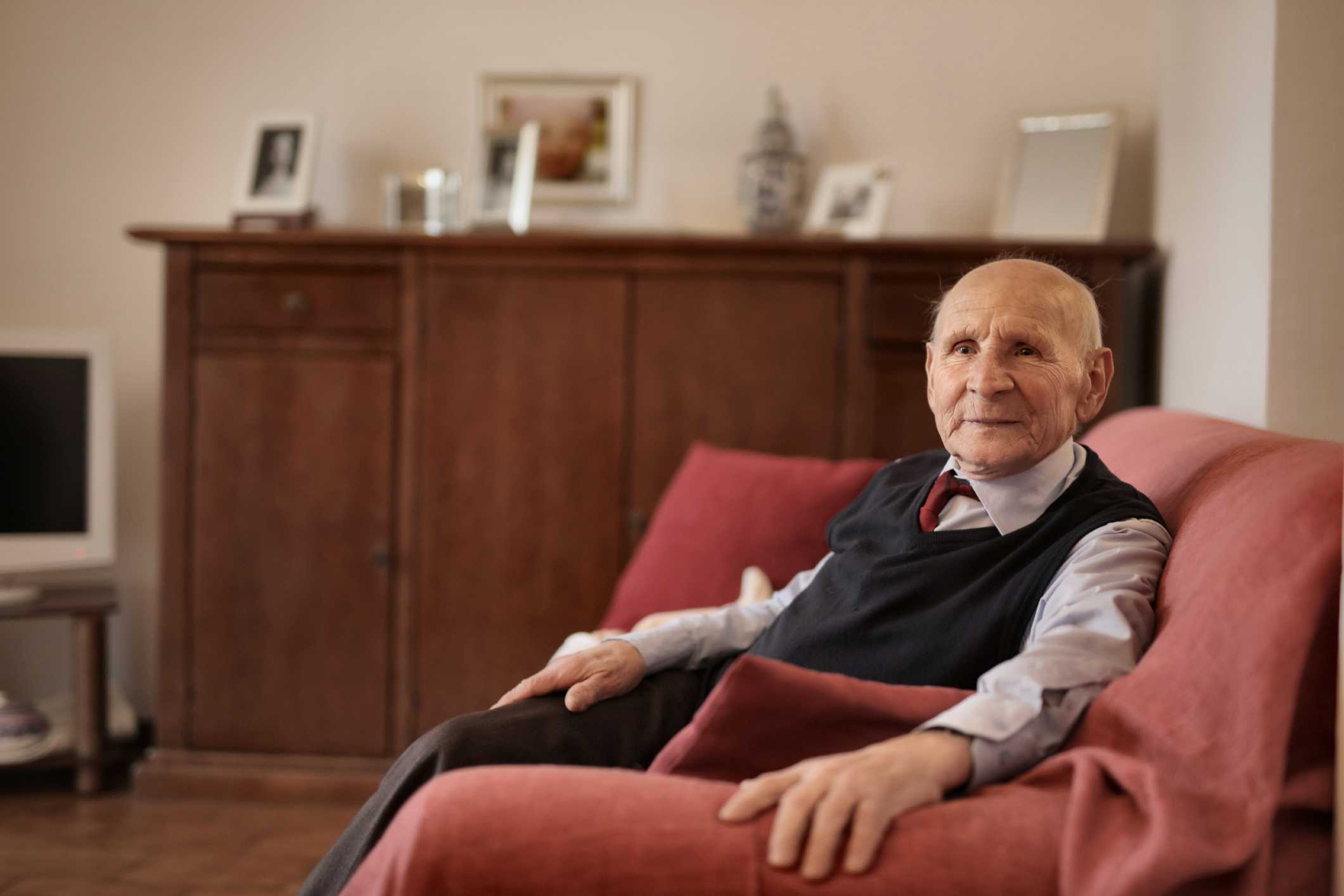
The national peak advocacy body for older people has renewed the push for significant investments into diverse and deinstitutionalised aged care options to better support ageing Australians.
The Older Persons Advocacy Network (OPAN) released a position statement yesterday highlighting a number of issues facing older people, including housing insecurity and the rigid structure of institutionalised models of aged care.
In the statement, OPAN said that older Australians want to remain in their own homes for as long as possible and that the old-school institutionalised model of care has led to a perception that aged care homes are isolated, highly regulated and clinical.
Instances of resident abuse and neglect have also been reported, adding to the negative perceptions held towards residential aged care.
That’s why the OPAN wants to see more affordable, safe and accessible housing options for older people in the community, additional services and supports to promote healthy ageing at home, plus a move by aged care facilities to step away from clinical and institutional design models.
OPAN Chief Executive Officer (CEO) Craig Gear said we can do better when delivering innovative aged care solutions such as well-funded and structured home care.
“Some older people need the sort of intensive support that is provided by residential aged care,” explained Mr Gear.
“But according to reports from advocates and feedback from OPAN’s National Older Persons Reference Group, many residential aged care environments resemble an institution rather than a home.
“As well as upholding an older person’s right to independence, effective and responsive home care makes good financial sense, since it is much more cost-effective than residential aged care.
Under incoming Livable Housing Provisions, Australian homes will have to meet new accessibility standards from 2023, providing older people with mobility issues and people with disability greater housing options.
However, there are concerns those changes will take time to come into effect and it is often costly to retrofit homes to be accessible.
Older renters who are unable to afford skyrocketing rental agreements, or are unable to make necessary accessibility changes to their rental, are prematurely being forced into aged care homes.
The Australian Housing and Urban Research Institute’s (AHURI) report, Alternative housing models for precariously housed older Australians, indicated that more affordable housing options are also needed to ensure people can safely age at home without risk of housing insecurity.
Innovate housing models such as cohousing or mixed-use developments would meet the needs of older Australians.
“A large proportion of existing rental and social housing does not meet the required accessibility standards to support ageing in place,” said Mr Gear.
“Older people in the private rental sector face additional uncertainties including issues around security of tenure and rental increases.”
While there has been a shift towards community-based aged care services over the past decades, the preferred introduction of small-scale facilities, cluster housing and even group homes have not been embraced as much in the industry.
Despite smaller, bespoke aged care facilities having been found to deliver the highest quality care in past studies, fewer than 1% of aged care homes in Australia have less than 20 places.
In fact, the number of large aged care homes – organisations providing 101 or more places – has grown from 30.4% in 2010 to 48.9% in 2021.
At the other end of the scale, small aged care homes – those with 60 or fewer places – have shrunk from 34.8% to 18.4% of the market share over the past decade.
Studies have also revealed that Australia has an over-reliance on residential aged care, where almost 20% of people aged over 80 currently live.
That’s more than three times the percentage of people aged over 80 living in aged care in the United States, and ahead of countries such as Japan, Netherlands and New Zealand.
OPAN’s position statement asked for considerations to be made for older people who want to live in small-scale facilities that include lower-density living.
Examples include cottage-like, community facilities where residents with specific needs, such as dementia or a disability, can be cared for while maintaining a connection to the greater community.
Mr Gear said it is important to ensure that new aged care homes do support a deinstitutionalised approach to aged care.
“When building new developments, we urge sector stakeholders to consider older people’s preference for smaller-scale facilities,” said Mr Gear.
“Existing facilities can still address the issue through better design.”
Locked dementia units are viewed by OPAN as one aspect of a facility that can be improved as residents can often be negatively impacted by the segregation from other people.
This is where unique models of care, like the Korongee Dementia Village by Glenview Community Services in Tasmania, have been embraced, or the Continuum of Care model where residents can live in serviced apartments and receive home care services in an aged care village.
Other aged care providers have built microtowns that offer aged care services in a community-style setting, even for residents with more complex needs.
It’s hoped that these models of care act as an inspiration for the Government’s incoming residential aged care accommodation framework that has been welcomed by advocates as an opportunity to enhance facilities across Australia.